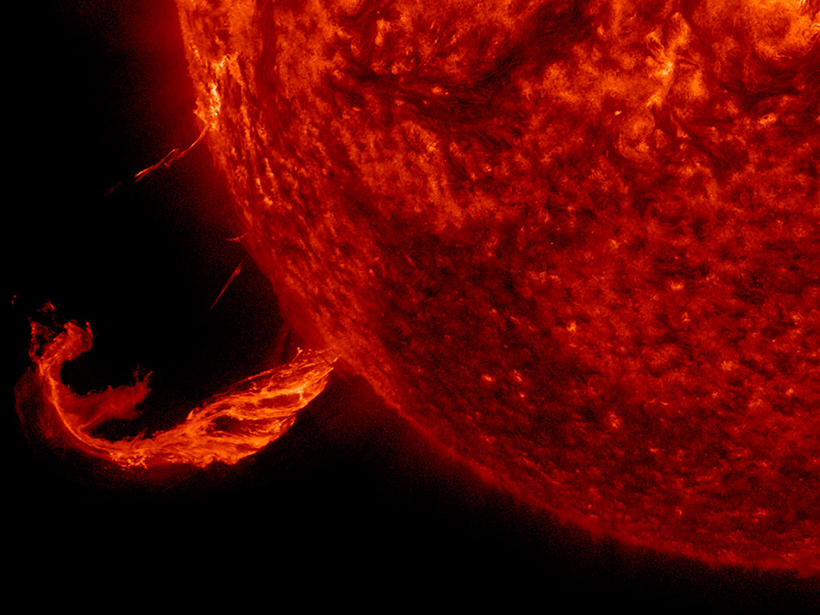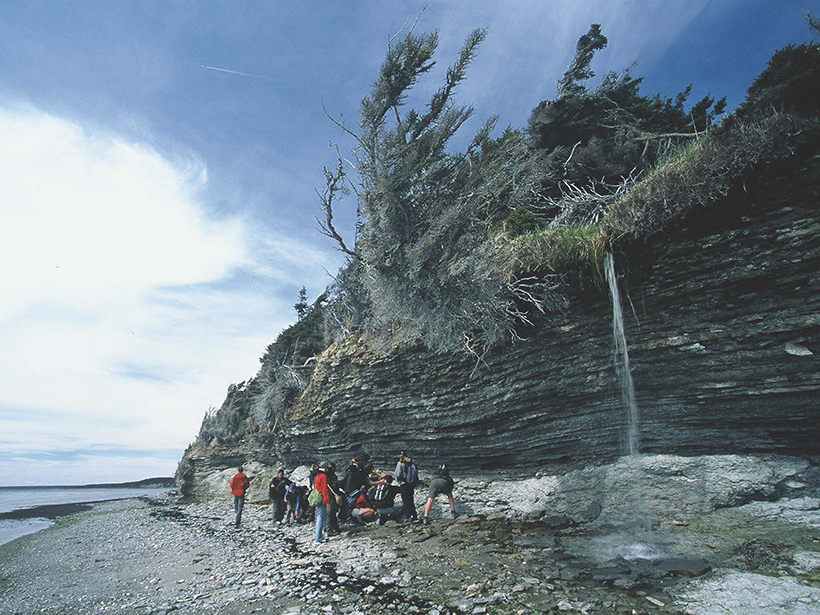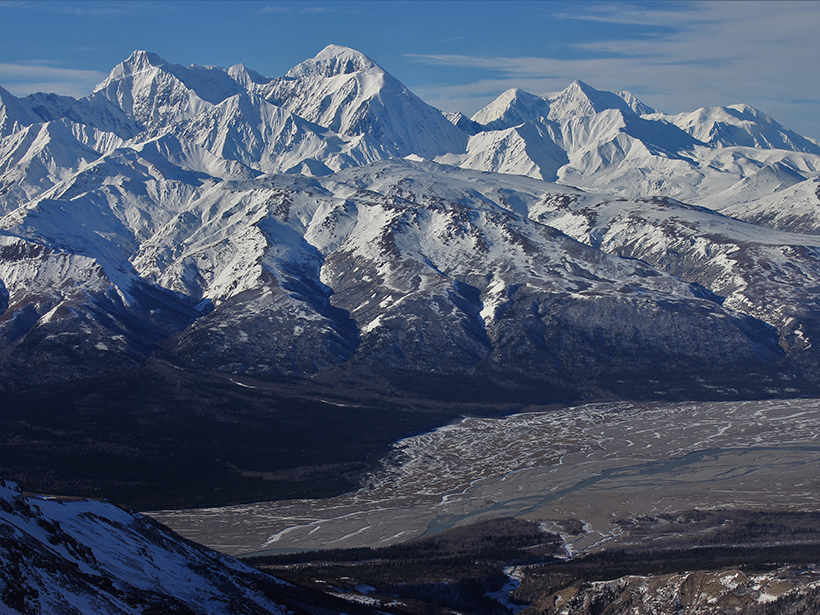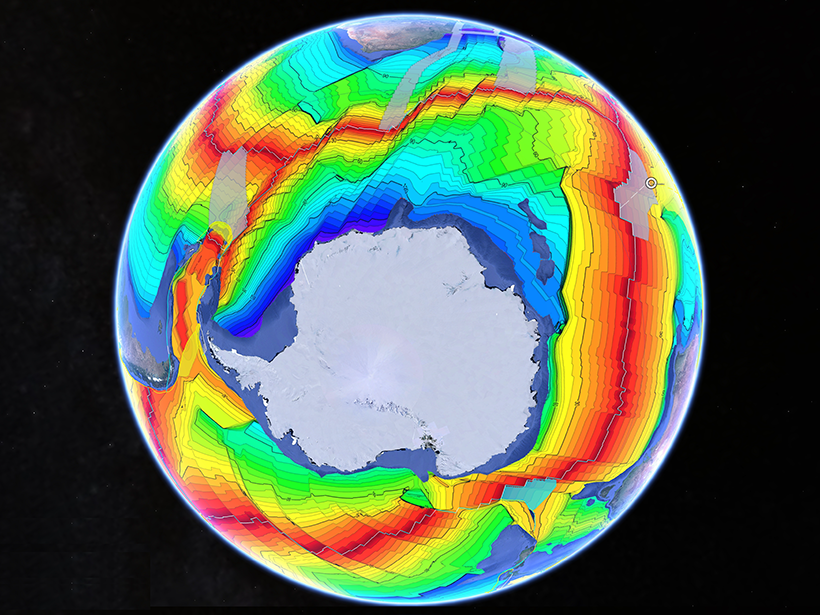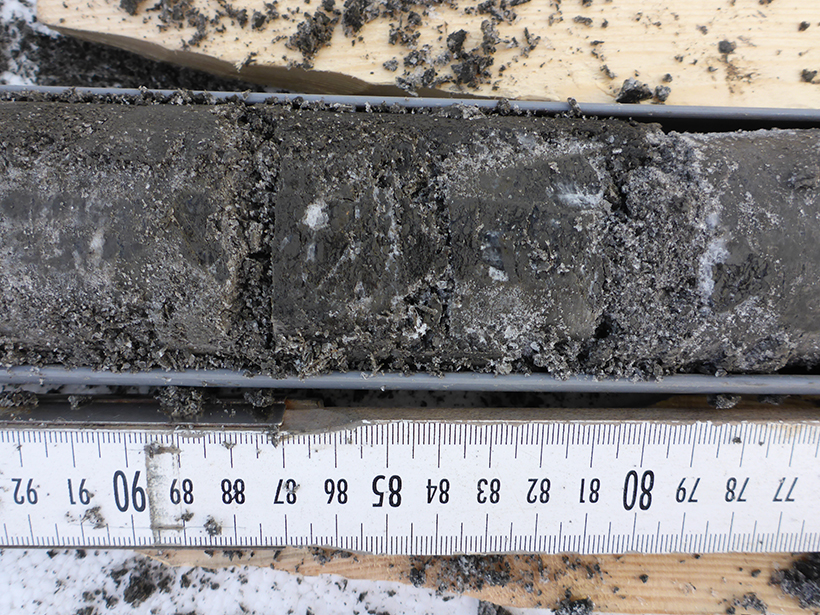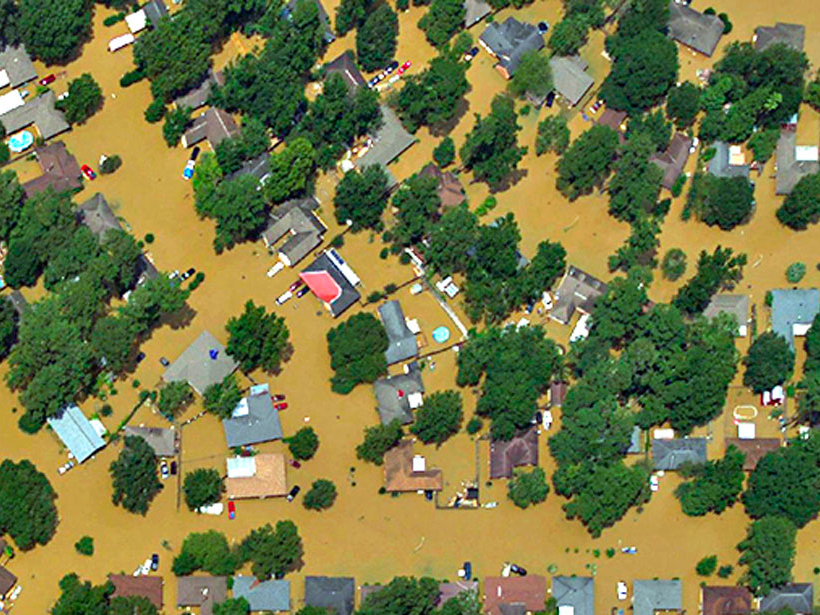A new study provides an updated hypothesis to describe a unique radar signature from plasma waves high above Earth, correcting errors that had stood for decades.
CC BY-NC-ND 2017
Federal Space Weather Research Could Improve Hazard Preparation
Researchers outline the history of the U.S. government’s involvement in space weather research, from before World War II, through the Space Race, and beyond.
White House Announces Picks for NASA Chief and NOAA Deputy Head
If the administration’s selection of Rep. Jim Bridenstine to lead NASA is confirmed, the congressman would be the first politician to head the agency.
Clues Found That Earth May Have a Thermostat Set to “Habitable”
Weathering of rocks can control Earth’s temperature over geologic timescales, new geochemical data suggest.
Why Are Arctic Rivers Rising in Winter?
Increased glacial melt is boosting winter streamflows by filling aquifers, a new study on an Alaskan river suggests.
When Ice and Lightning Align
A new technique can remotely sense strong electrical fields within storm clouds.
A Grand Tour of the Ocean Basins
A new teaching resource facilitates plate tectonic studies using a Google Earth virtual guided tour of ocean basins around the world.
Microbes May Thrive in Subsea Permafrost Long After Flooding
Two cores from the East Siberian Arctic Shelf reveal how microbial communities develop over thousands of years as submarine permafrost slowly thaws.
Big Space Rock to Pass near Earth on Friday
An asteroid named for Florence Nightingale will make its closest approach to our planet since 1890 but will remain a safe distance away.
Deciphering Deluges
New modeling approach reexamines two key assumptions about flooding.


